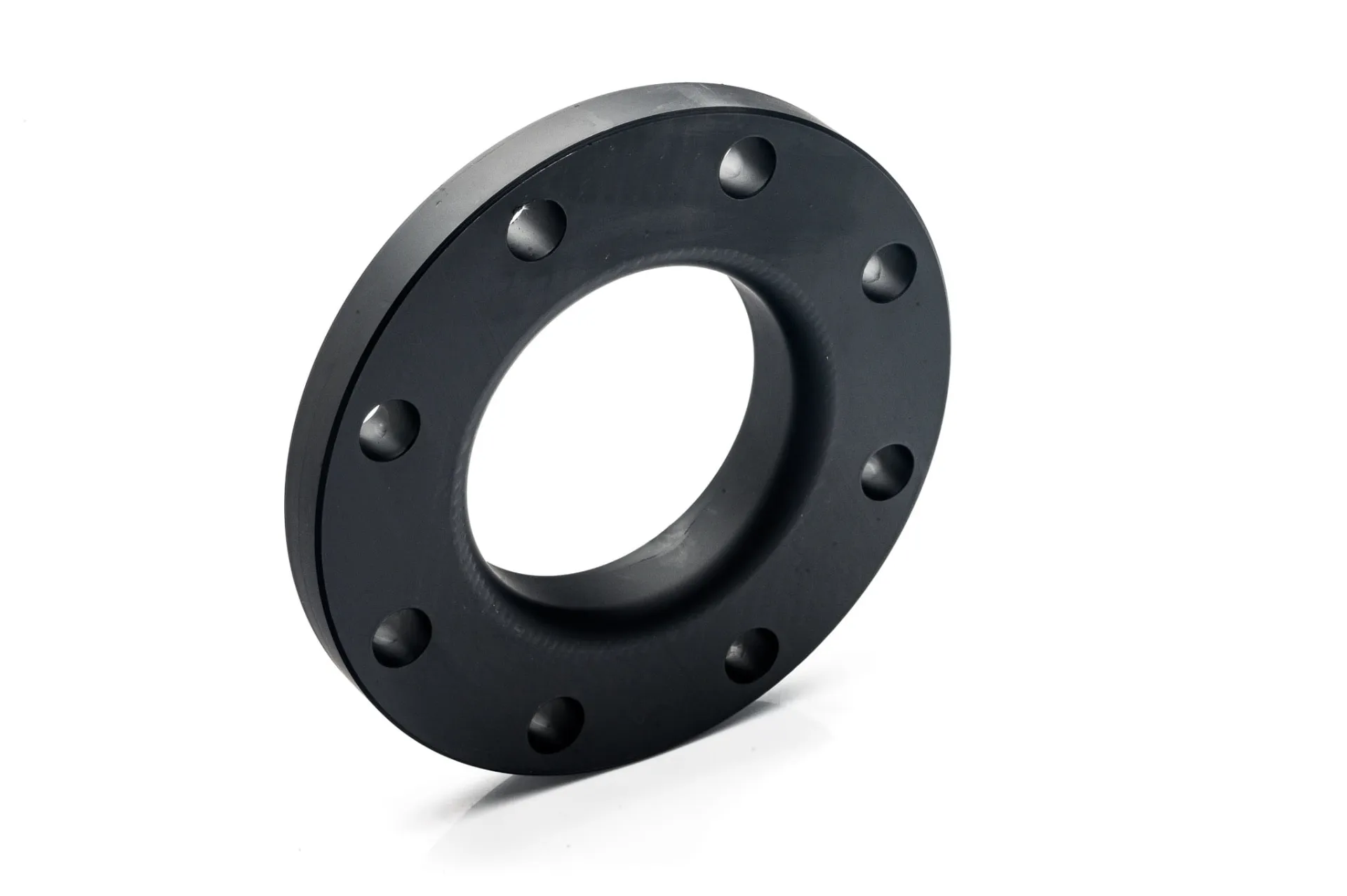-
Cangzhou Yulong Steel Co., Ltd.
-
Phone:
+86 13303177267 -
Email:
admin@ylsteelfittings.com
- English
- Arabic
- Italian
- Spanish
- Portuguese
- German
- kazakh
- Persian
- Greek
- French
- Russian
- Polish
- Thai
- Indonesian
- Vietnamese
- Zulu
- Korean
- Uzbek
- Hindi
- Serbian
- Malay
- Ukrainian
- Gujarati
- Haitian Creole
- hausa
- hawaiian
- Hebrew
- Miao
- Hungarian
- Icelandic
- igbo
- irish
- Japanese
- Javanese
- Kannada
- Khmer
- Rwandese
- Afrikaans
- Albanian
- Amharic
- Armenian
- Azerbaijani
- Basque
- Belarusian
- Bengali
- Bosnian
- Bulgarian
- Catalan
- Cebuano
- China
- China (Taiwan)
- Corsican
- Croatian
- Czech
- Danish
- Esperanto
- Estonian
- Finnish
- Frisian
- Galician
- Georgian
- Kurdish
- Kyrgyz
- Lao
- Latin
- Latvian
- Lithuanian
- Luxembourgish
- Macedonian
- Malgashi
- Malayalam
- Maltese
- Maori
- Marathi
- Mongolian
- Myanmar
- Nepali
- Norwegian
- Norwegian
- Occitan
- Pashto
- Dutch
- Punjabi
- Romanian
- Samoan
- Scottish Gaelic
- Sesotho
- Shona
- Sindhi
- Sinhala
- Slovak
- Slovenian
- Somali
- Sundanese
- Swahili
- Swedish
- Tagalog
- Tajik
- Tamil
- Tatar
- Telugu
- Turkish
- Turkmen
- Urdu
- Uighur
- Welsh
- Bantu
- Yiddish
- Yoruba

Dec . 11, 2024 10:03 Back to list
Bending Techniques for 1 Inch Stainless Steel Tubing in Various Applications
Bending 201 Stainless Steel Tubing A Comprehensive Guide
Stainless steel tubing is widely recognized for its durability, corrosion resistance, and aesthetic appeal. Among the various grades of stainless steel, 201 stainless steel is particularly notable for its strength and versatility in different applications. This article explores the characteristics of 201 stainless steel tubing, the process of bending it, and the factors to consider to achieve optimal results.
Characteristics of 201 Stainless Steel
201 stainless steel belongs to the austenitic family of stainless steels, primarily composed of iron, chromium, and nickel, with a lower nickel content compared to other grades like 304 or 316. This unique composition gives 201 stainless steel a range of beneficial properties
1. Cost-Effectiveness Due to its lower nickel content, 201 stainless steel is typically less expensive than its counterparts, making it an attractive choice for industries looking to reduce material costs.
2. Corrosion Resistance While not as resistant as 304 or 316 grades, 201 stainless steel still offers considerable resistance to corrosion, especially in mild environments.
3. Strength With a higher tensile strength compared to other stainless steel grades, 201 stainless steel is ideal for structural applications where strength is paramount.
4. Malleability 201 stainless steel can be easily formed and shaped, which makes it suitable for various applications, including automotive components, architectural details, and kitchen equipment.
The Bending Process
Bending 201 stainless steel tubing requires specialized techniques to ensure the integrity of the material is maintained
. The bending process generally involves several key steps1. Preparation Before bending, it is essential to measure and mark the areas on the tubing where the bends will occur. Proper planning will help prevent mistakes and reduce waste.
bending 1 stainless steel tubing

2. Choosing the Right Tools Depending on the thickness and diameter of the tubing, different bending tools can be utilized. Common tools include hydraulic benders, manual benders, and CNC bending machines. Hydraulic benders are often preferred for larger and thicker tubes, while manual benders can be used for smaller, thinner ones.
3. Setting the Correct Bend Radius The bend radius is crucial when it comes to maintaining the structural integrity and aesthetic of the tubing. A tight bend radius can cause kinking, which can weaken the tubing. Generally, a bend radius of at least 1.5 times the diameter of the tubing is recommended to avoid compromising the metal’s strength.
4. Bending the Tubing Using the selected tool, the tubing is progressively bent to the desired angle. For larger jobs, it’s vital to apply consistent pressure and speed to ensure a smooth bend without deforming the tube or creating cracks.
5. Finishing Touches After bending, it’s important to remove any burrs or sharp edges created during the process. This enhances the tubing’s safety and aesthetic appeal. Depending on the application, the tubing may also require polishing or other surface treatments to improve its corrosion resistance.
Factors to Consider
When bending 201 stainless steel tubing, several factors can influence the quality of the finished product
1. Wall Thickness Thicker walls will require more force to bend and are less prone to kinking. However, they may also dictate the type of bending equipment that can be used.
2. Bend Angle The desired angle of the bend will affect the bending technique employed. Sharp angles may require multiple bends to achieve the final shape.
3. Heat Treatment While 201 stainless steel does not require extensive heat treatment, slight heating may be beneficial for thicker tubing to improve malleability during the bending process.
4. Use of Lubricants Applying a lubricant during the bending process can reduce friction and prevent damage to the tubing, ensuring a smoother bend.
In conclusion, bending 201 stainless steel tubing is a viable option for numerous applications, thanks to its strength and cost-effectiveness. By understanding the characteristics of the material and employing appropriate bending techniques, manufacturers can produce high-quality components that meet the demands of various industries. Whether utilized in construction, automotive, or furniture design, 201 stainless steel tubing continues to be a popular choice for innovative projects.
Latest news
-
ANSI 150P SS304 SO FLANGE
NewsFeb.14,2025
-
ASTM A333GR6 STEEL PIPE
NewsJan.20,2025
-
ANSI B16.5 WELDING NECK FLANGE
NewsJan.15,2026
-
ANSI B16.5 SLIP-ON FLANGE
NewsApr.19,2024
-
SABS 1123 FLANGE
NewsJan.15,2025
-
DIN86044 PLATE FLANGE
NewsApr.19,2024
-
DIN2527 BLIND FLANGE
NewsApr.12,2024
-
JIS B2311 Butt-Welding Fittings LR/SR 45°/90° /180°Seamless/Weld
NewsApr.23,2024











